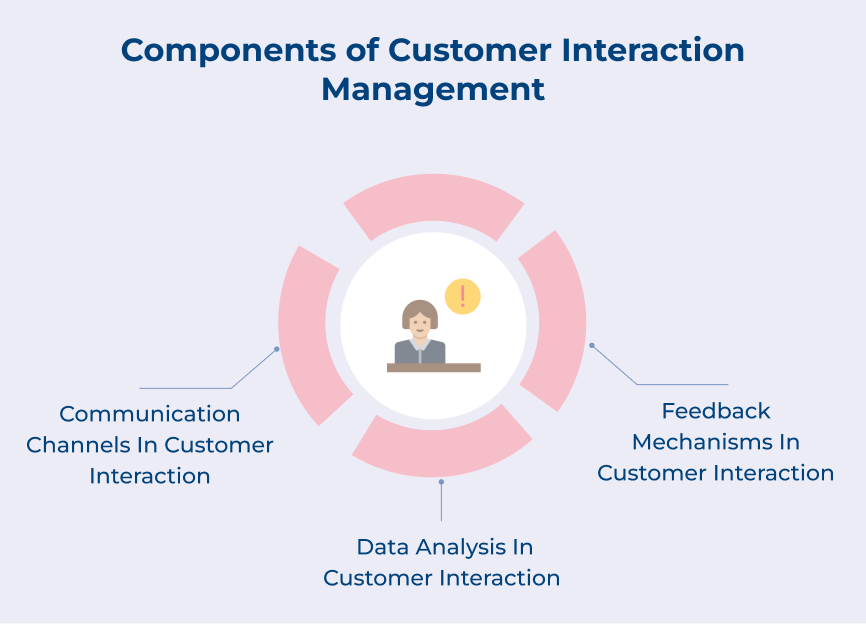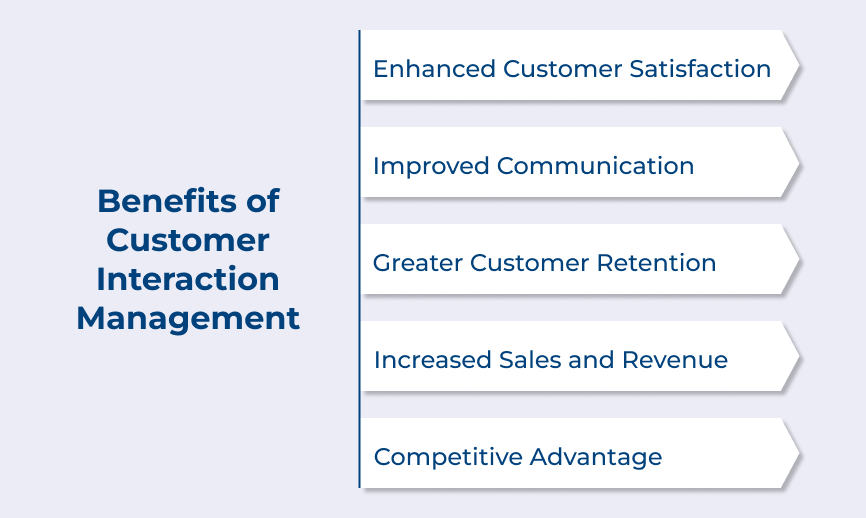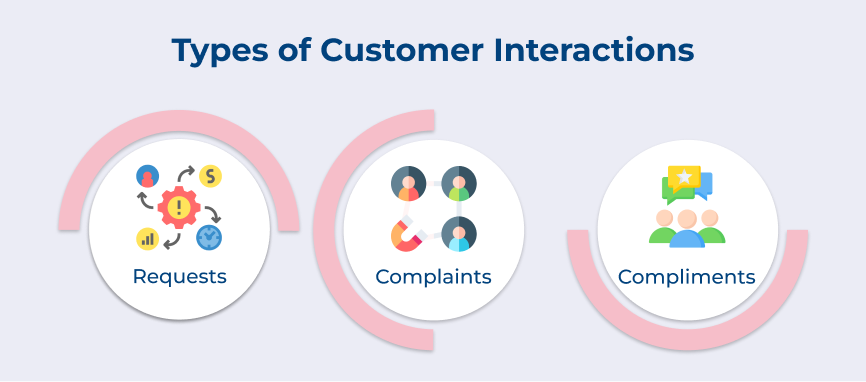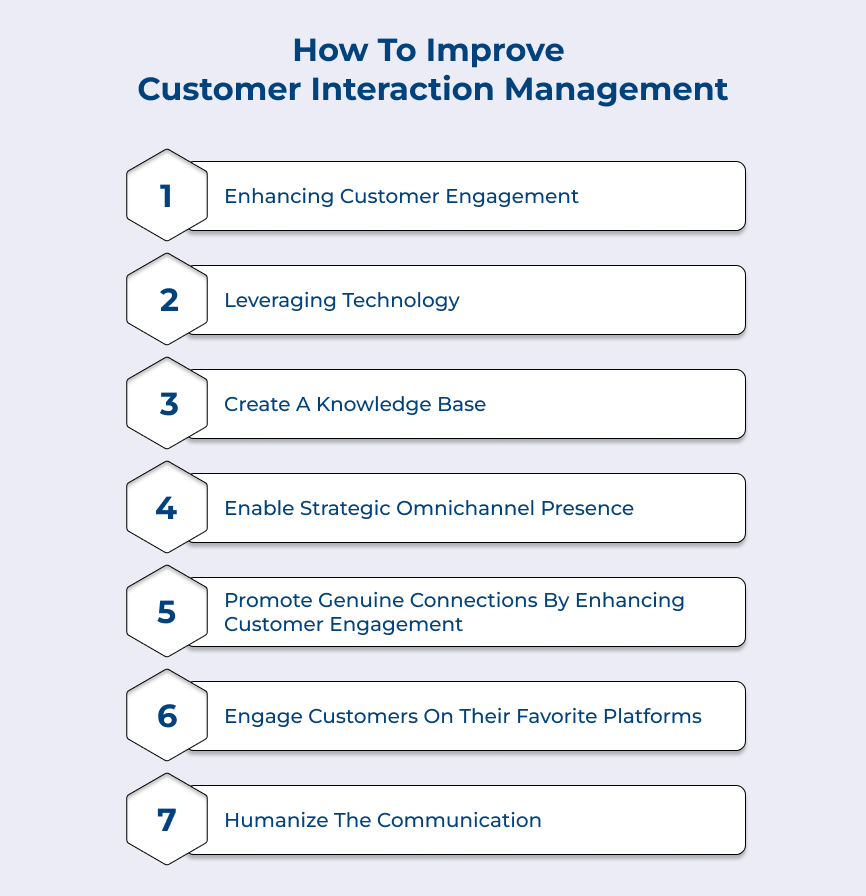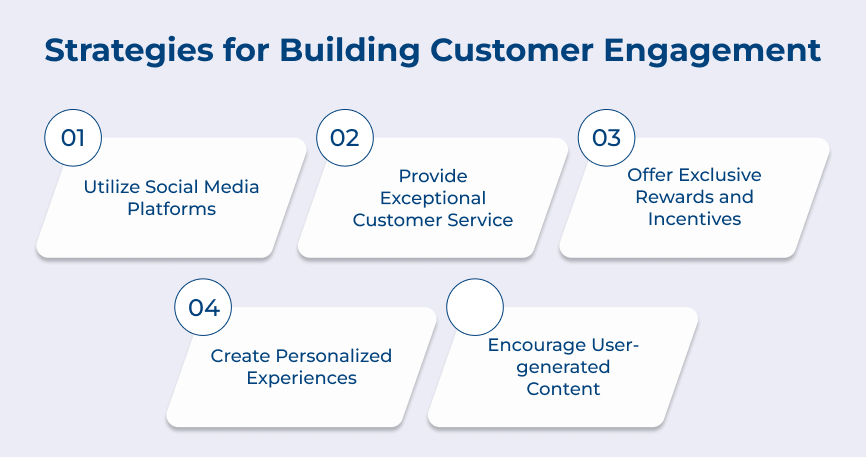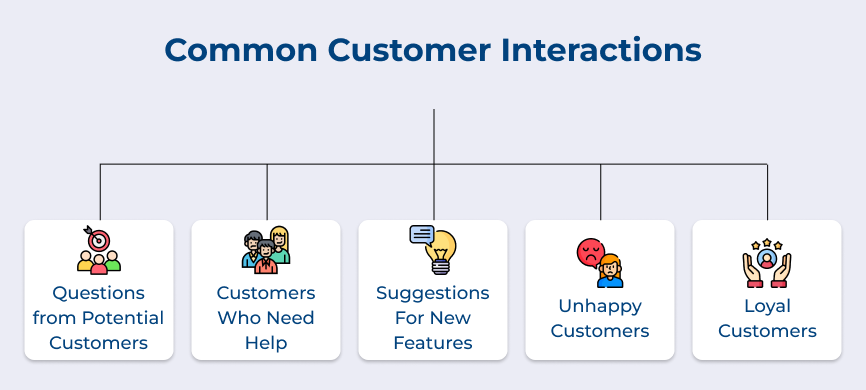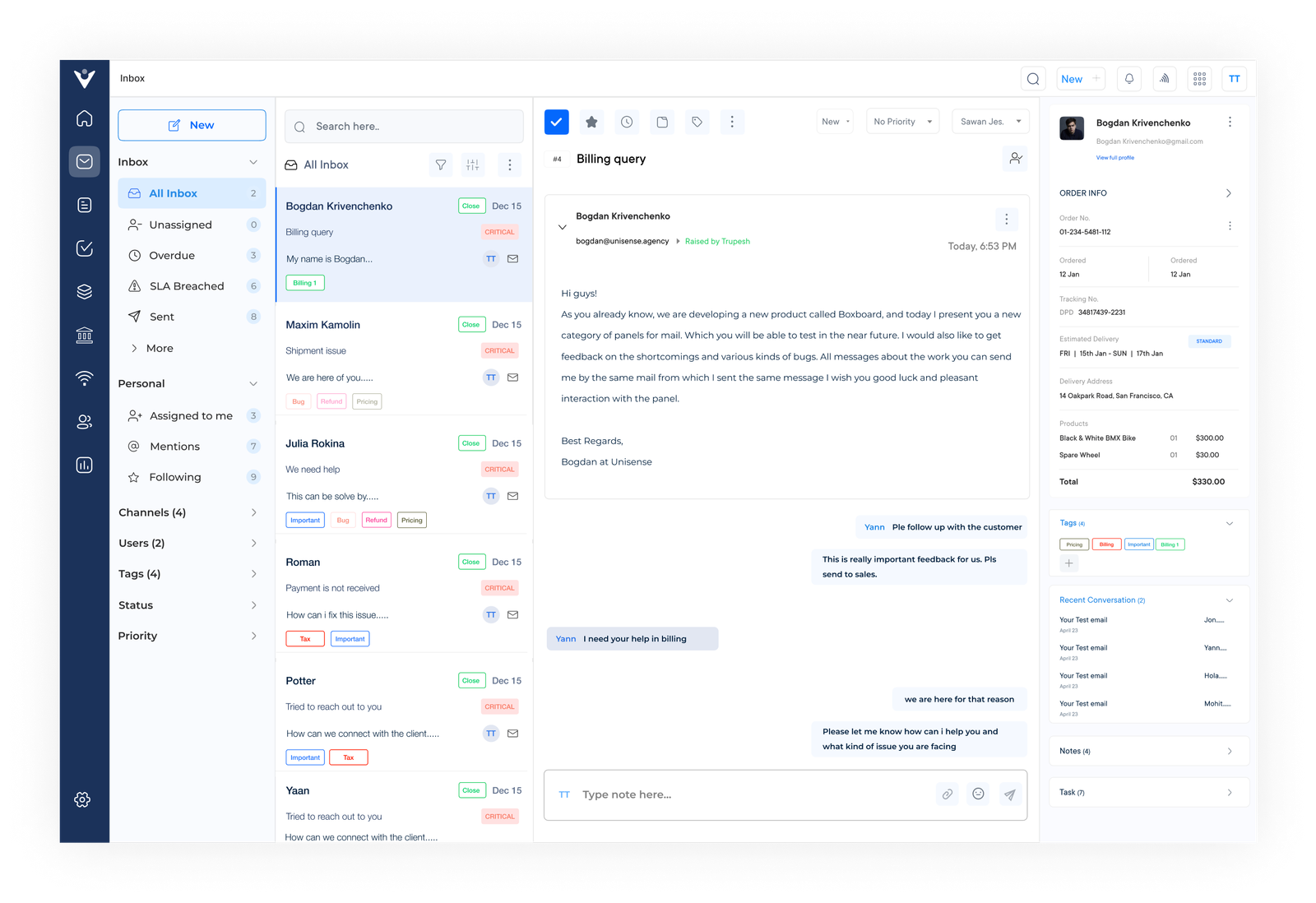1. Questions From Potential Customers
Handling questions from potential customers is crucial for businesses as it can make or break a sale. Customers may choose to take their business elsewhere if questions are left unanswered or if responses are unclear or unhelpful. Providing thorough responses on time can help alleviate any concerns and increase the likelihood of a successful sale.
How to handle:
- Respond promptly and professionally, showing that the business values their inquiries
- Be sure to provide accurate and detailed information to address their concerns fully.
- Offer a personalized approach by tailoring responses to the specific needs and preferences of the customer, making them feel valued.
2. New (And Existing) Customers Who Need Help
When it comes to customer interactions, dealing with customers who need help is one of the most common scenarios faced by businesses. Providing assistance and support is crucial for maintaining customer satisfaction whether it’s a new customer who is unsure about how to use a product or an existing customer facing an issue.
How to handle:
- Actively listen to the concerns and empathize with their situation. Showing understanding allows customers to feel valued and are more likely to trust the resolution provided.
- Offer clear solutions to their problems, ensuring that they are easy to understand and implement.
- Always follow up with customers to ensure that their issues have been resolved satisfactorily and to gather feedback for ongoing improvement.
3. Suggestions For New Features And Functionalities
Suggestions for new features and functionalities are one of the most common interactions customers have with businesses. Customers often provide feedback on what they would like to see in a product or service and businesses must handle these interactions effectively. Handling suggestions for new features or functionalities is important because it shows customers that their opinions are valued and that the business is committed to continuously improving its offerings.
How to handle:
- Businesses should first acknowledge and thank the customer for their suggestion.
- They should analyze the feasibility and potential impact of the suggestion on their product or service.
- Businesses should provide feedback to the customer on whether or not their suggestion will be implemented and if not, explain the reasons why.
4. Unhappy Customers Airing Their Complaints
Unhappy customers airing their complaints is one of the most common customer interactions that businesses face. Addressing these complaints is crucial for maintaining customer satisfaction and loyalty whether it be in person, over the phone or through social media.
Handling customer complaints is important because it shows that the business values Its customers’ feedback and is willing to address any issues they may have. Not only does this help resolve the current situation, but it also provides an opportunity to improve the products or services in the future.
How to handle:
- Listen attentively to their concerns and show empathy towards their situation.
- Apologize for any inconvenience they may have experienced, even if it was unintentional.
- Take action to resolve the issue promptly and effectively.
5. Loyal Customers Telling The Business They Love It
Loyal customers expressing their love for the brand is one of the most common and important customer interactions a business can have. These customers are not only repeat buyers but also advocates for the brand who can help drive word-of-mouth marketing and attract new customers.
Handling this type of interaction is crucial for maintaining and strengthening customer relationships. It shows that the hard work or dedication to providing excellent products and services is paying off. It reinforces customer loyalty.
How to handle:
- Respond to their praise with gratitude and thank them for their support.
- Ask the loyal customers to share their positive experiences with others.
- Consider providing special discounts or rewards to customers who go out of their way to express their love for the brand. It can further solidify their loyalty and encourage them to continue supporting the business.
Examples Of Customer Interaction Management
Let us go through real-life examples of companies that have mastered the art of customer interaction management.
1. Starbucks
Starbucks is a prime example of a brand that excels in customer interaction management. Starbucks can collect valuable data on their customers’ preferences and buying habits through their mobile app or loyalty program. Personalizing offers and recommendations based on this data allows Starbucks to increase customer engagement. The brand has also implemented features like mobile ordering and payment, which have simplified the customer experience.
2. Nike
Nike has implemented customer interaction management through their NikePlus membership program. Offering exclusive content, personalized product recommendations and early access to new releases allows Nike to build a strong community of loyal customers. The brand also engages with customers through social media, responding to comments and messages on time. It has helped Nike to strengthen its relationships with customers and drive brand advocacy.
3. Sephora
Sephora has implemented client interaction management through its Beauty Insider loyalty program. Offering personalized product recommendations, exclusive discounts and birthday gifts allows Sephora to create a strong bond with its customers. The brand also encourages customer feedback through product reviews and ratings, which helps to improve the overall shopping experience.
Top 4 Customer Interaction Management Software
Following are the top customer interaction management software solutions guaranteed to elevate your customer service game.
1. Veemo Support






